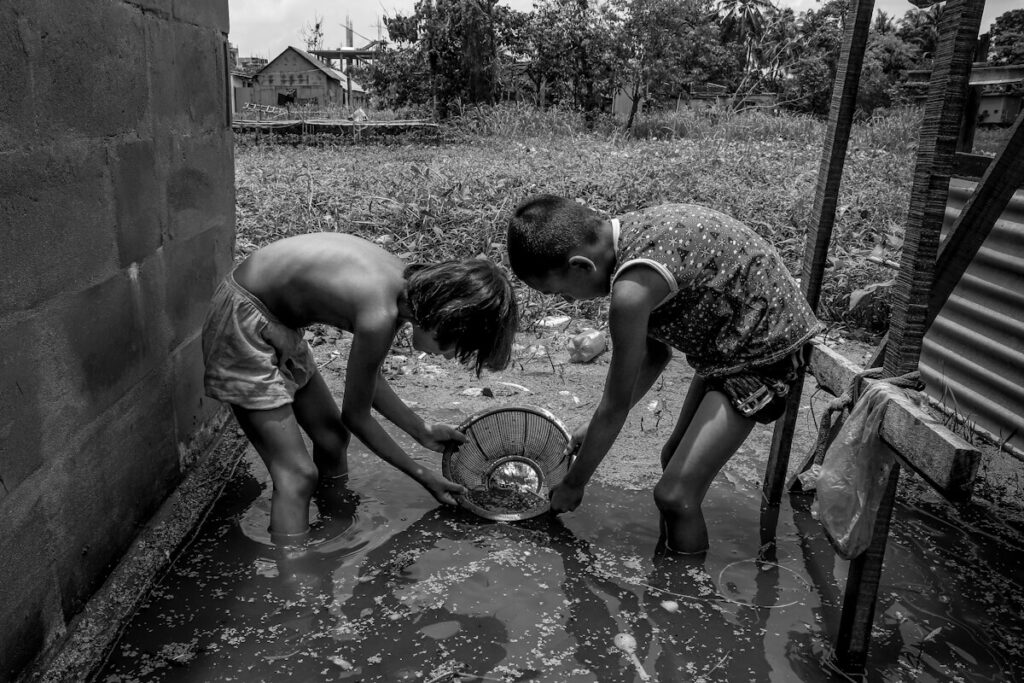The foster care system plays a crucial role in providing temporary or permanent homes for children who have been removed from unsafe environments. However, this system faces significant challenges, such as high caseworker turnover and a lack of resources, which can impact foster children’s well-being. Addressing these issues is vital for ensuring that children in foster care receive the stability and support they need.
Major Challenges Facing the Foster Care System
1. Caseworker Burnout and High Turnover Rates
One of the most pressing issues within the foster care system is the high turnover rate among caseworkers. Many social workers face heavy caseloads, emotional exhaustion, and low salaries, leading to frequent departures from the profession (Child Welfare Information Gateway). This instability affects the quality of care and the consistency of services provided to foster children.
2. Lack of Foster Families
There is a nationwide shortage of foster families willing and able to provide homes for children in need. Many potential foster parents are deterred by the complex licensing process or lack the necessary support systems (AdoptUSKids). This shortage often results in children being placed in overcrowded group homes, where individualized care is more challenging to provide.
3. Aging Out of the System Without Support
Each year, thousands of young adults age out of the foster care system without adequate preparation for independent living. Without proper support, these youth face a higher risk of homelessness, unemployment, and mental health struggles (National Foster Youth Institute). Programs that provide mentorship, job training, and financial literacy education are crucial to helping these young adults transition successfully.
4. Insufficient Mental Health Services
Many children in foster care have experienced trauma, abuse, or neglect, leading to emotional and behavioral challenges. However, access to mental health services is often inadequate due to funding shortages or long wait times for treatment (American Academy of Pediatrics). Ensuring timely and effective mental health care is essential for their development and well-being.
Ways to Improve the Foster Care System
1. Increasing Support for Caseworkers
Providing competitive salaries, reducing caseloads, and offering mental health resources for caseworkers can help reduce turnover and improve overall efficiency. State and federal funding should prioritize social worker retention programs to ensure continuity in case management.
2. Expanding Foster Parent Recruitment and Training
Simplifying the licensing process, increasing financial incentives, and offering continuous training for foster parents can help address the shortage of foster families. Support groups and respite care services can also help retain foster parents by reducing burnout (The Annie E. Casey Foundation).
3. Strengthening Programs for Aging-Out Youth
Investing in transitional programs that provide housing, education, and employment opportunities for aging-out youth can significantly improve their long-term outcomes. Mentorship programs and college scholarships can further support their journey into adulthood.
4. Enhancing Mental Health Services
Expanding access to therapy, trauma-informed care, and behavioral support services is essential for foster children’s emotional well-being. Increased funding for specialized mental health professionals working within the foster care system is necessary to meet growing demand.
The foster care system is vital for protecting vulnerable children, but it requires continuous improvements to ensure its effectiveness. Addressing the challenges of caseworker burnout, a lack of foster families, inadequate aging-out programs, and limited mental health services can lead to a more stable and supportive environment for foster children. Through policy reforms, increased funding, and community involvement, we can help create a foster care system that truly prioritizes the well-being of every child in need.




